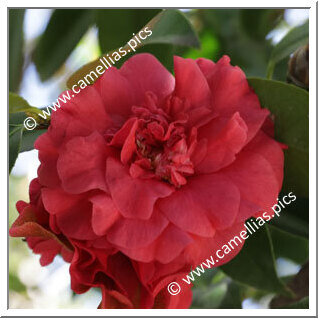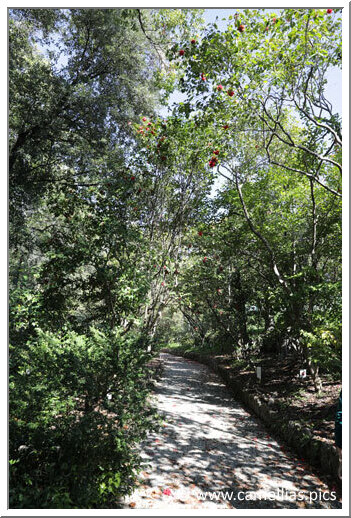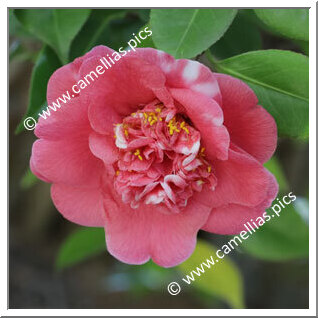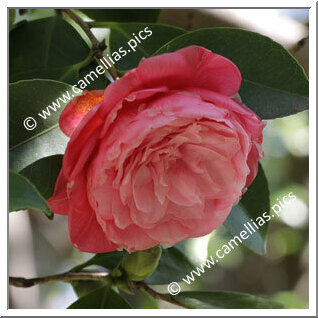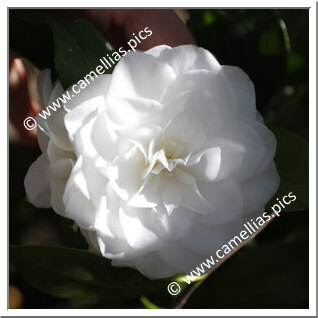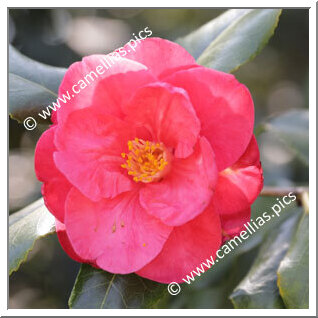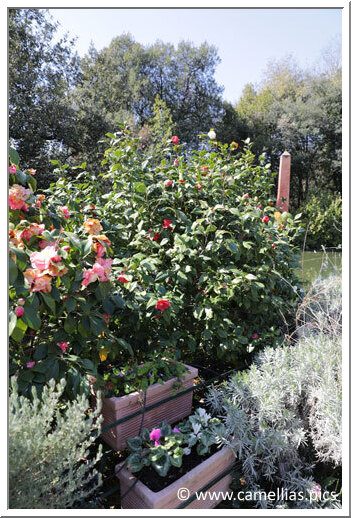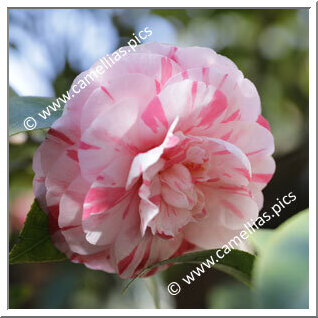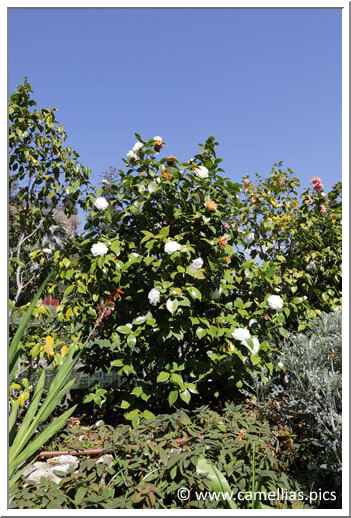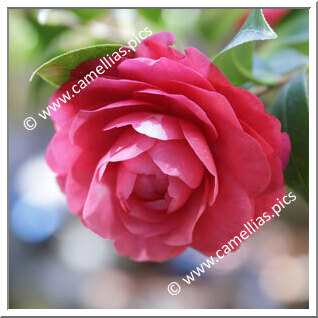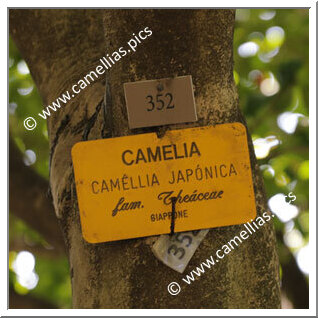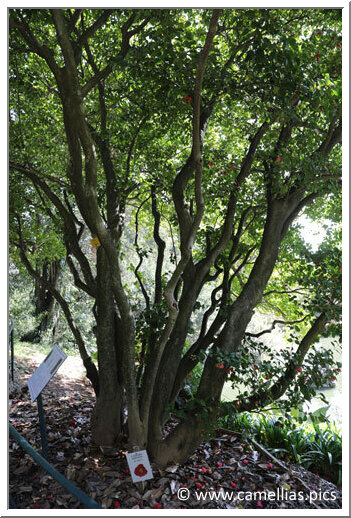Villa Durazzo-Pallavicini was built between 1840 and 1846 at the request of Marquis Ignazio Alessandro. The park covers an area of eight hectares on a mountainside. To fully enjoy the visit and the spirit of the park, it's best to follow a guide. The tour is like a play, with an introduction, three acts and a finale. It is a philosophical and romantic reflection on the stages of life. The park is botanically rich, with a collection of 150 camellias, including some very rare old cultivars, as well as more contemporary varieties. It's a very pleasant walk. It's worth noting that the park is accessible by train, a station (Genova Pegli) having been built nearby, as well as a hotel at the owners' request, to accommodate their guests. Today, the Villa has been incorporated into the city, but offers a beautiful view of the Gulf of Genoa along the way. The best time to visit is before the end of March for the camellias.
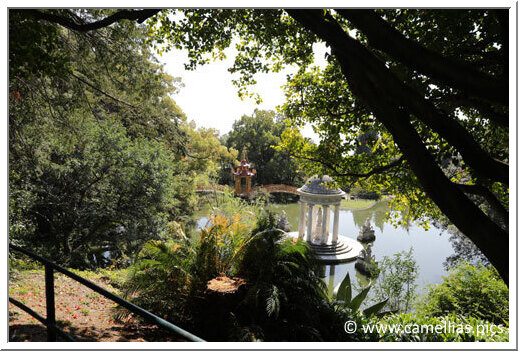
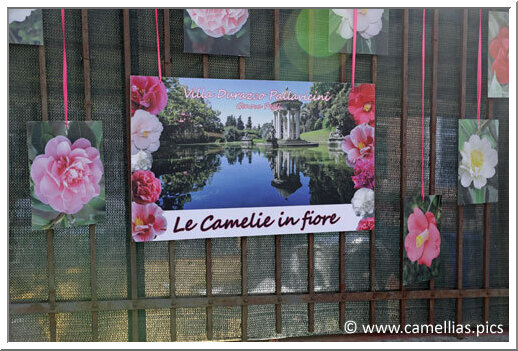
A large pedestrian walkway leads from the entrance to the Villa and gardens. The entrance faces the street and is very close to the train station mentioned above.
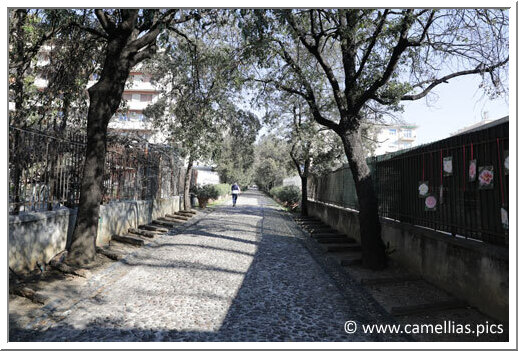

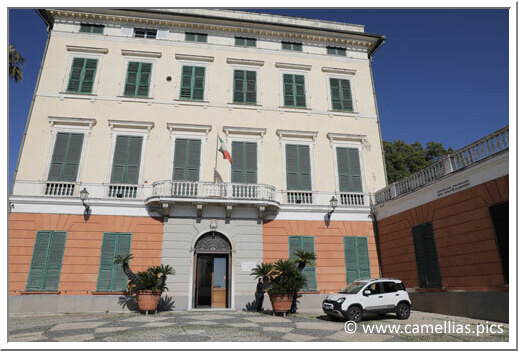
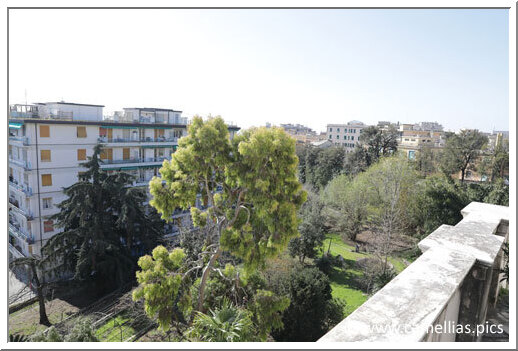
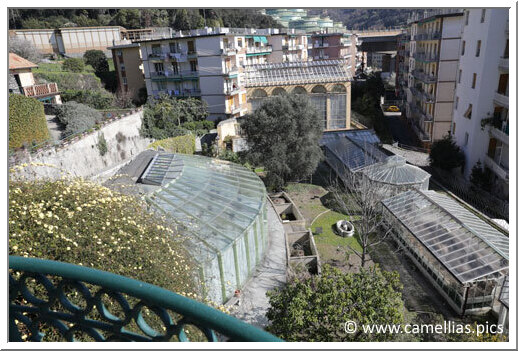
It's also possible to visit the Villa, but we didn't do so. Here's the view from the Villa to the entrance below and the greenhouses. We follow our guide as he explains the significance of each area of the park. We begin to climb gradually to the top of the park, only to come back down at the end of the tour.
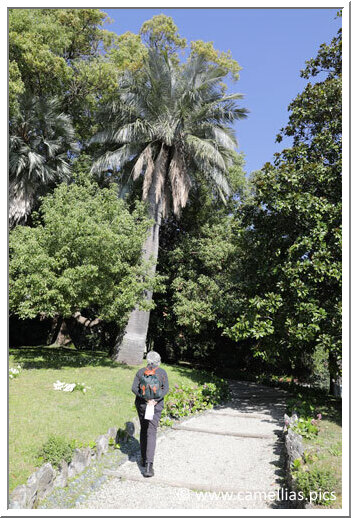

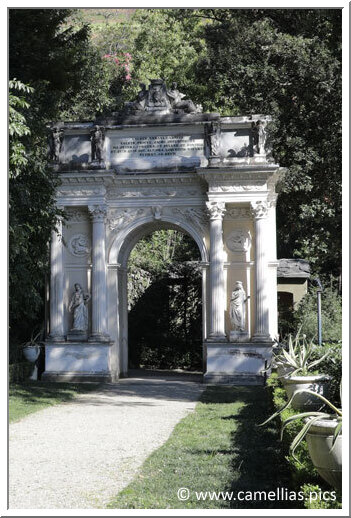
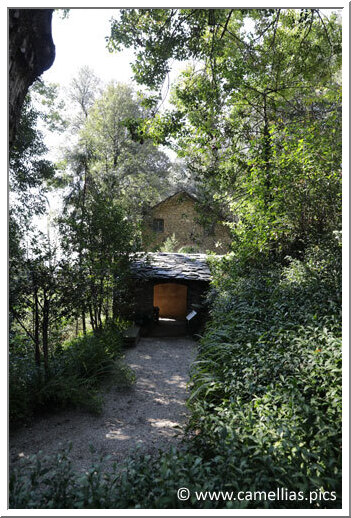
This is the Viale delle Camelie, where we find the oldest camellias in the park. This is the oldest collection of camellias in Italy, planted between 1856 and 1866, on the Marquis's initiative. Rare camellias include 'Nina Durazzo', 'Albino Botti', 'Bella di Firenze' and 'Incarnata'.
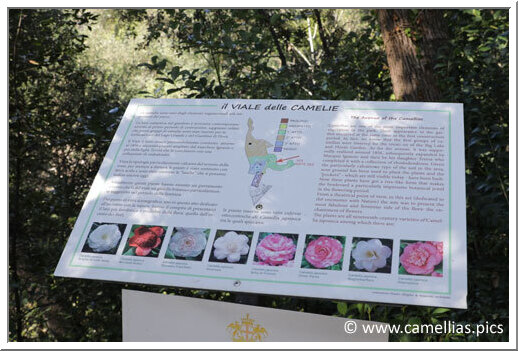

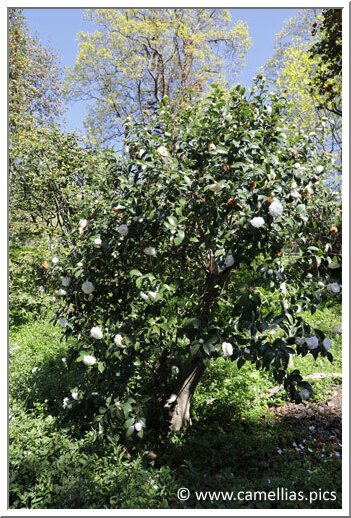
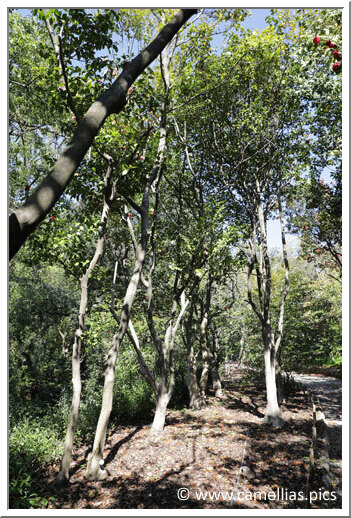

Continuing along the Viale, we discover another area of camellias with young plants. There are also sasanqua for autumn flowering.
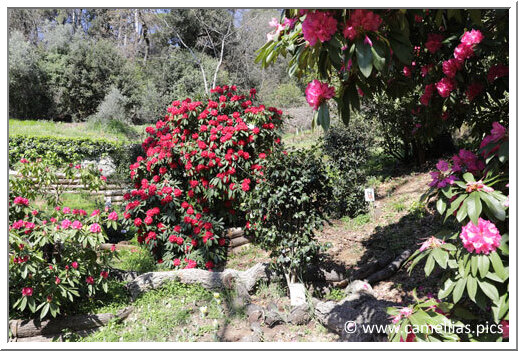
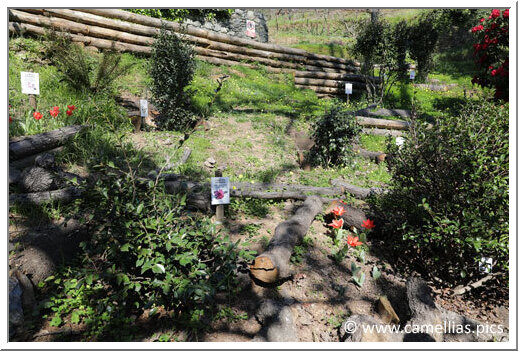
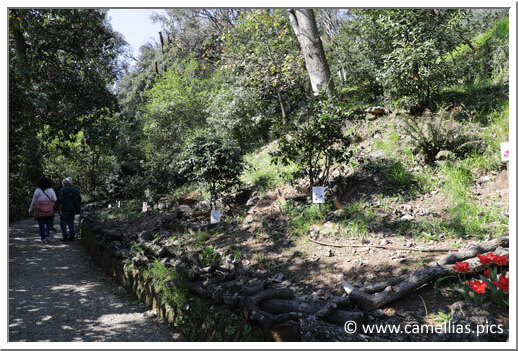
We continue our initiation tour.
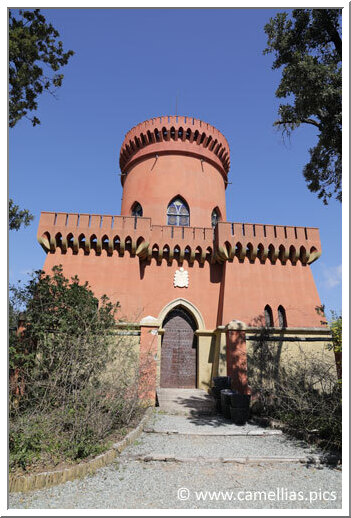
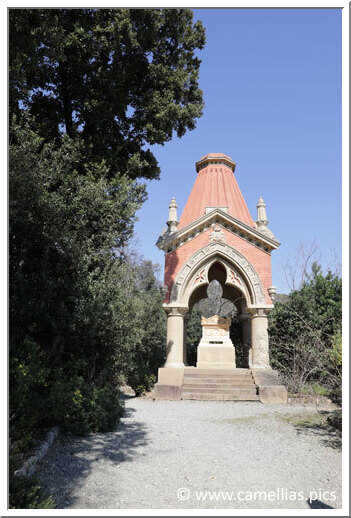
The view of the Gulf of Genoa and the city.

On the way down, we come to the caves, which symbolize Hell and Purification.
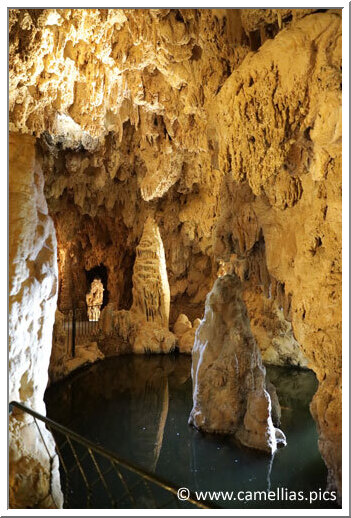
And, at the exit, the view of the lake. It means Paradise.
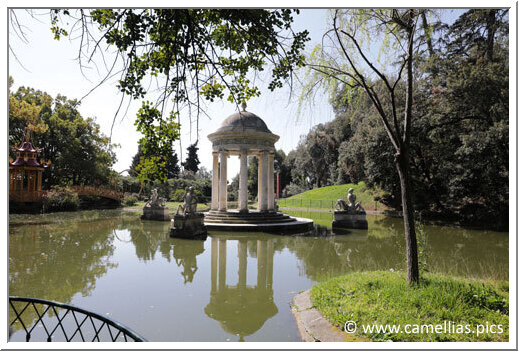
Near this pavilion, the Temple of Flora, we find camellias.
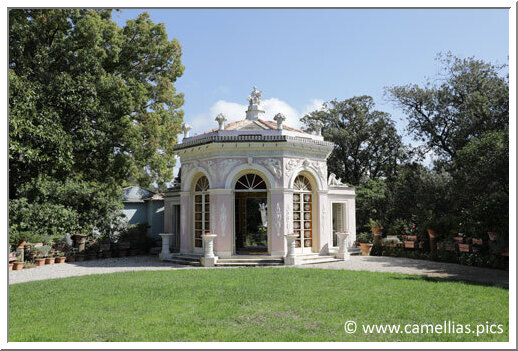
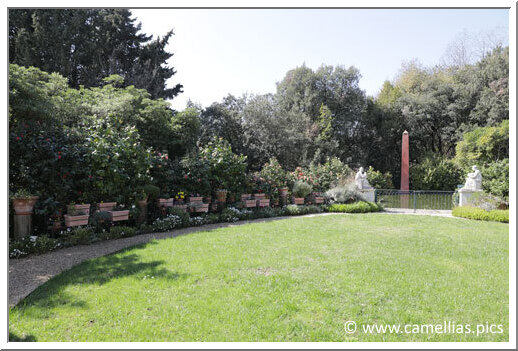
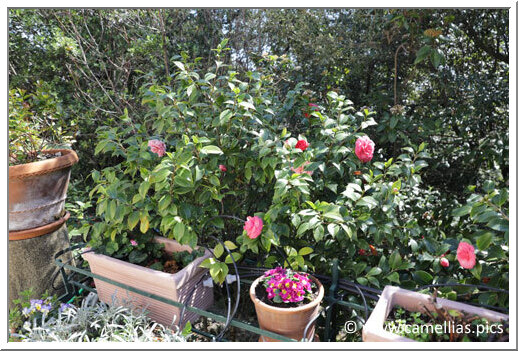
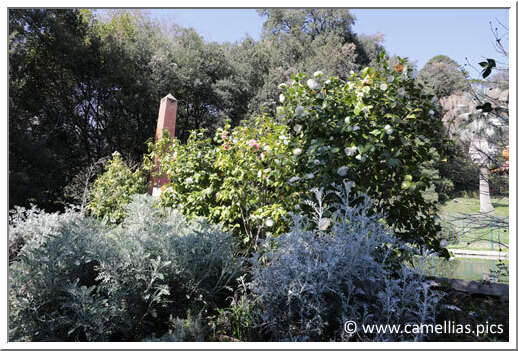
We can also admire the camellias near the Temple de Flore, along the path leading down to the lake.
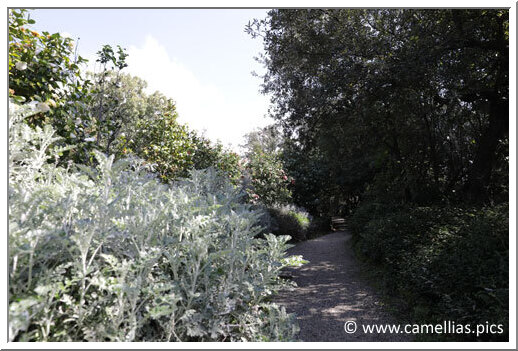
The view of the lake with the Japanese bridge and pagoda.
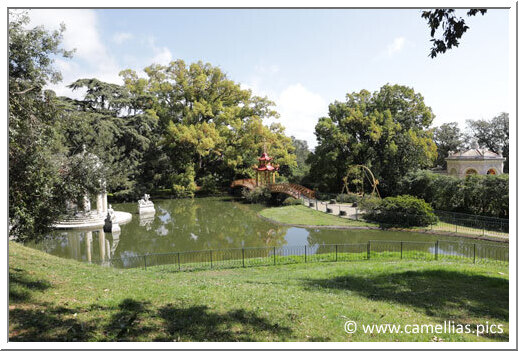
Below, a very old C. japonica plant.
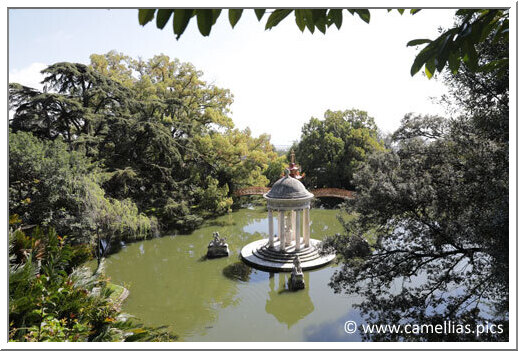
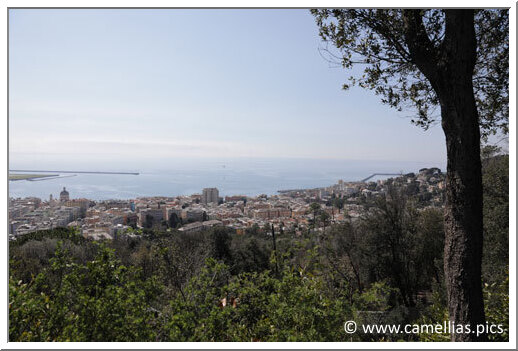
Another view of the Gulf of Genova to round off the visit.







